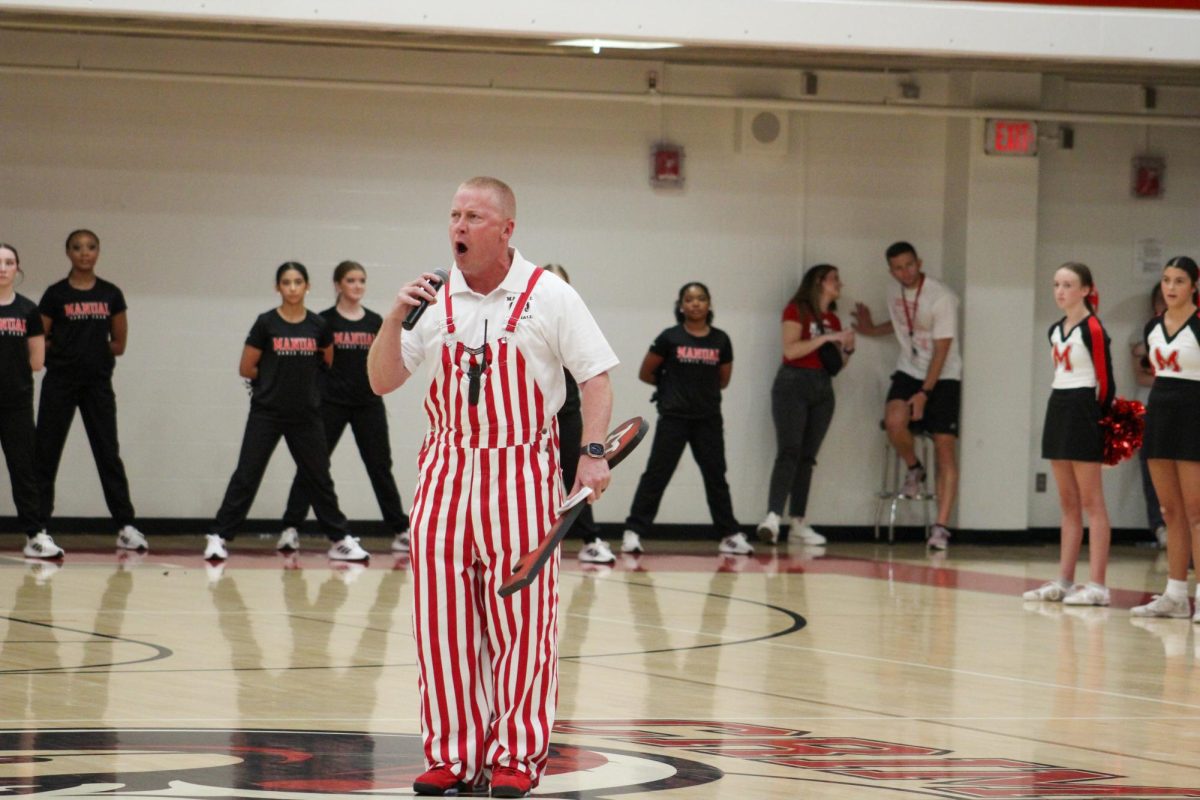If you’ve been to your local movie theater recently, you would know that the marquee hanging above the front doors looks something like this:

It turns out that this pattern applies to more than just movies. The holidays are a time of spirit, where the atmosphere around the city smells of clementines, peppermint sticks and pine tree sap, where you can’t walk a block without hearing a carol. Here is where this study comes in. Just like in a movie theater, close to every modern holiday song is a remake. For this investigation we looked at a series of popular holiday songs and found out the release date – and the results were interesting:
As this graph shows, all of the 50 most popular holiday songs heard on the radio, from speakers in front of stores, or by carolers were released in between the years 1940 and 1990; most were released between the 50s and 70s. While researching we found other release dates, more modern than those shown; but these were simply remakes and covers.
Take the novelty Christmas song, ‘Donde esta Santa Claus,’ for example: this song, and the version most popular on Christmastime radio, was sung by 12-year-old Augie Rios and released in 1959. But more modern versions include the 2004 version sung by Guster, an American rock band from Boston, Massachusetts. This more modern version came up first in a search for the release date, and the original and more popular version from Rios was hidden in the back pages.
There are many theories and explanations to why this is. The fact that older holiday songs are more popular than modern can be explained by simply stating that we’ve run out of ideas. We have songs about Santa Claus, his reindeer, dreidels, Hanukkah traditions, and significant others. What else is there to sing about? But this brings up the question of why these songs started booming around the 60s. Before then there were Latin carols, passed along in church records and books. But around the late 1950s and early 60s is where popular broadcasting of carols and other songs starts to boom. Radio and music broadcasting had been popular for about 30 years; however one very important factor could explain this: the official ending of World War II in 1951. This, and other events like color TV being introduced (‘51) and the official outlawing of segregation (‘54) signify a resurgence in the economy and a new, creative environment.





